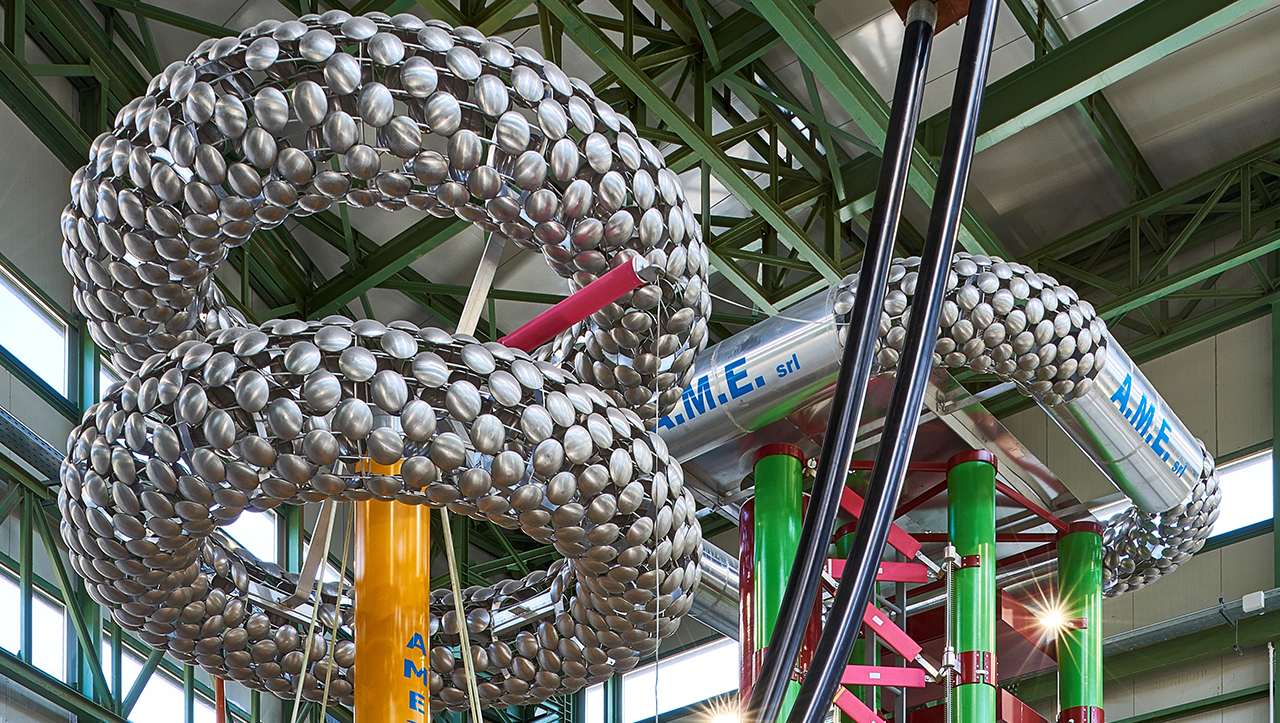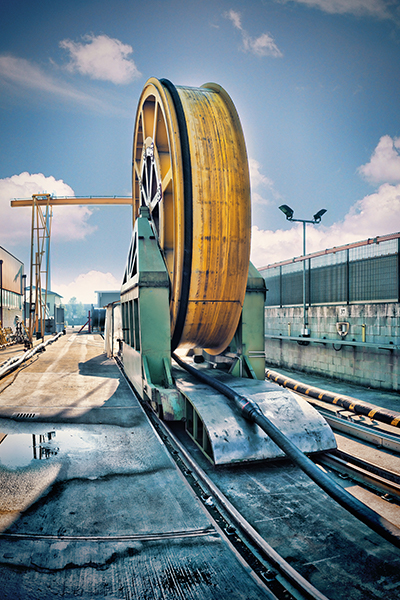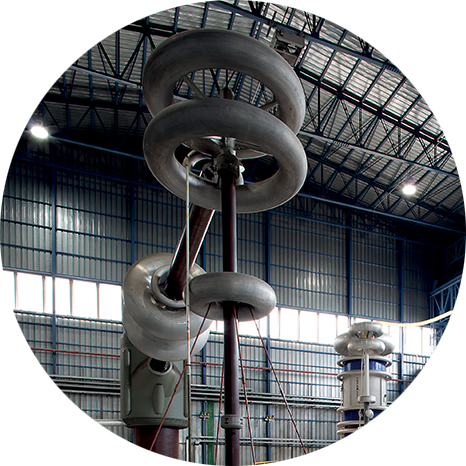Setting new records
Prysmian’s R&D Projects chief Stefano Franchi Bononi looks at some of the latest projects

Prysmian’s R&D Projects chief Stefano Franchi Bononi looks at some of the latest projects
Running at 1,600 meters below the Mediterranean, Prysmian Group’s SA.PE.I submarine cable between Italy and Sardinia holds the world record for deepest installation. Now Prysmian is eyeing a new record – 3,000 meters -- thanks to a new cable with synthetic armour that is at least 30% lighter than steel.

“We want to arrive at 3,000 meters,”
says Stefano Franchi Bononi, R&D Projects Director in Milan.
“Not because we like the number, but because if you can lay cable at that depth, clients can do whatever route they want.”
This new cable with alternative armour material will debut in the Cyclades Islands in Greece, installed by the Cable Enterprise from the third quarter. This short-distance installation will provide on-hands experience for a longer-distance and more deeper link between Greece’s mainland and Crete in 2020. People like Stefano at Prysmian’s world-class R&D staff push boundaries and barriers every day, and not just for the thrill of doing something new. Their work gives the group its world leadership in high performance submarine and telecommunications cables.
Whether it is with long-term projects like carbon nanotube technology, or coming up with leadless metallic sheath solution for submarine cable that is lighter and eco-friendlier, innovation for Stefano and his staff is always about finding a solution to a client’s needs.
“The goal is to be customer focused,”
he says.
“This is the key. If you don’t understand the client, who wants a slimmer suit or a different solution, you must figure it out. You need an integrated relationship.”
Market drivers for submarine cables mean a move to lighter weight, higher power transport capacity and reduced losses, Stefano explains, which requires innovation in new or improved materials. For terrestrial cables, the same trends are at work.
Another big market driver is sustainability, says Stefano, which in turn often involves economic considerations as well. The goal is to make terrestrial and submarine cables with increasingly fewer metals, as well as make them recyclable.
Prysmian is a big backer of thermoplastics and R&D has concentrated many of its efforts in this area of materials research.

As a result, Prysmian just qualified and launched, simultaneously with the new 525 kV HVDC extruded XLPE technology, also the PLASER cable system: a thermoplastic breakthrough technology operating at 525 kV and high temperature with a 3500 mm2 aluminum conductor.
P-Laser is the first 100% recyclable high-performance cable, reducing emissions by up to 30%. and insulated with a thermoplastic material that is biodegradable.
These technologies are especially suited for covering the long distances needed to link Germany’s North Sea windfarms to southern parts of the country where energy is consumed.
In the meanwhile new materials and technologies to design systems able to operate at 800 kV, or even more, are matter of research in cooperation with international University and Technological Institute and Prysmian laboratories are strongly working to reach this target as soon as possible.

Of course, the big leap forward for sustainability in the cables industry would be to find a replacement for metals used in the conductor and even more for lead used in the sheath. That could take decades to be fully achieved, says Stefano, but Prysmian is already moving in that direction as clients increasingly recognize competitive advantage for who can supply leadless cable. Lead is heavy, and also poisonous, so eliminating or, at least, reducing it is crucial.
Cable makers are already able to remove lead from the cable sheath for terrestrial cables, and now Prysmian is working to do also for submarine cables, where lead has been effective in avoiding the inevitable moisture penetration ensuring a “full dry” design.
For terrestrial cables, lead sheathing has already been replaced by welded aluminum sheathing (WAS), or with combination of thin metal layers and thermoplastic jackets. Now Prysmian has developed a way to make welded copper sheaths, and is running a pilot project as a test with a major client. If successful, they could eventually start to replace lead insulation also for underwater cables.

Probably the most challenging project in the works at Prysmian’s Milan labs is its research in carbon nanotube technology (CNT). This involves replacing the metal conductor with microscopic fibers made of carbon nanotubes. This technology is actually not yet effective, due to high cost and high ratio between volume and conductivity that is not comparable with traditional copper or aluminum conductors.
“It is certainly very promising,”
says Stefano.
“We think we could see some interesting industrial applications in 10 to 15 years. Looking at the future it could be used to improve and complete next 800 kV voltage class cable generation.”
Submarine cable between Italy and Sardinia
PLaser HPTE technology
Recyclable high-performance cable
Below the Mediterranean

